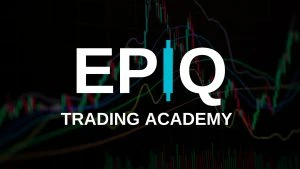In the world of futures trading, two of the most popular instruments are the Nasdaq-100 (NQ) and the S&P 500 (ES). Both represent large segments of the U.S. stock market, and both offer incredible liquidity, volatility, and opportunity. But they are not the same, and understanding the difference between NQ and ES could completely transform your trading strategy.
In this post, we’ll break down:
- What NQ and ES actually are
- Key differences in volatility and structure
- The pros and cons of trading each
- How to decide which is right for your trading style
Let’s jump in.
📊 What Is the NQ (Nasdaq-100)?
The NQ futures contract tracks the Nasdaq-100 index, which includes 100 of the largest non-financial companies listed on the Nasdaq stock exchange. It’s heavily tech-weighted, meaning companies like Apple, Microsoft, NVIDIA, Meta, and Amazon make up a large percentage of the index.
Key Traits:
- Highly volatile due to tech sector dominance
- Strong trends with sharp intraday moves
- Sensitive to interest rate policy and innovation cycles
- More responsive to speculative momentum and growth narratives
📉 What Is the ES (S&P 500)?
The ES futures contract tracks the S&P 500 index, which is a broader basket of 500 of the largest U.S. companies across all sectors—including technology, healthcare, energy, financials, and consumer goods.
Key Traits:
- More balanced sector exposure
- Slightly lower volatility compared to NQ
- Often seen as a better barometer of the U.S. economy
- Responds more evenly to macroeconomic events and earnings data
⚔️ Key Differences Between Trading NQ and ES
| Feature | NQ (Nasdaq-100) | ES (S&P 500) |
|---|---|---|
| Sector Exposure | Tech-heavy | Broad, diversified |
| Volatility | Higher | Moderate |
| Intraday Movement | Larger swings | Smoother trends |
| Risk | Higher due to tech concentration | Lower due to diversification |
| Trading Hours | 23/5 | 23/5 |
| Margin Requirements | Slightly lower | Slightly higher |
| Tick Value (Micro) | $0.50 per tick | $1.25 per tick |
✅ Pros and Cons
NQ Pros:
- Excellent for scalpers and short-term traders
- Bigger moves = greater opportunity (and risk)
- Ideal during tech-led bull markets
NQ Cons:
- Can be unpredictable or “whippy”
- High sensitivity to news (especially Fed and earnings)
- Less diversified = more risk concentration
ES Pros:
- More stable and trend-following behavior
- Better representation of the overall economy
- Safer for swing traders or macro-focused setups
ES Cons:
- Less explosive upside than NQ
- May be slower during low-volatility market phases
🧠 Which Should You Trade?
- If you love fast action, volatility, and scalp-heavy strategies: You’ll probably lean toward the NQ.
- If you prefer steady trends and macro-based trading with less risk: The ES may be a better fit.
- If you’re a beginner: ES might give you more breathing room to learn price action without as many false breakouts.
At the end of the day, you can also analyze both using tools like correlation metrics, market internals, and volume to build confluence-based trades across indexes.
🔥 Trade Like a Pro with EPIQ
Want to learn how to trade the NQ and ES like a pro? At the EPIQ Trading Floor, we help traders:
- Spot high-probability supply/demand zones
- Use volume-based strategies across NQ, ES, and crypto
- Learn futures contracts, macro setups, and more
- Get 85%+ win-rate trade signals in real-time
You also get access to:
📈 The EPIQ Dashboard
📚 Our Full Trading Academy
🧠 Mentorship and community Q&As
💡 3-day free trial to see it all in action
Don’t trade blind—trade with EPIQ.
⚠️ Disclaimer
This content is for informational and educational purposes only and should not be considered financial advice. Always do your own research (DYOR) and consult a financial advisor before trading futures or crypto.










Responses